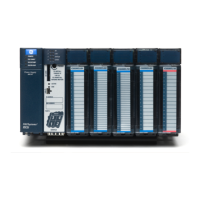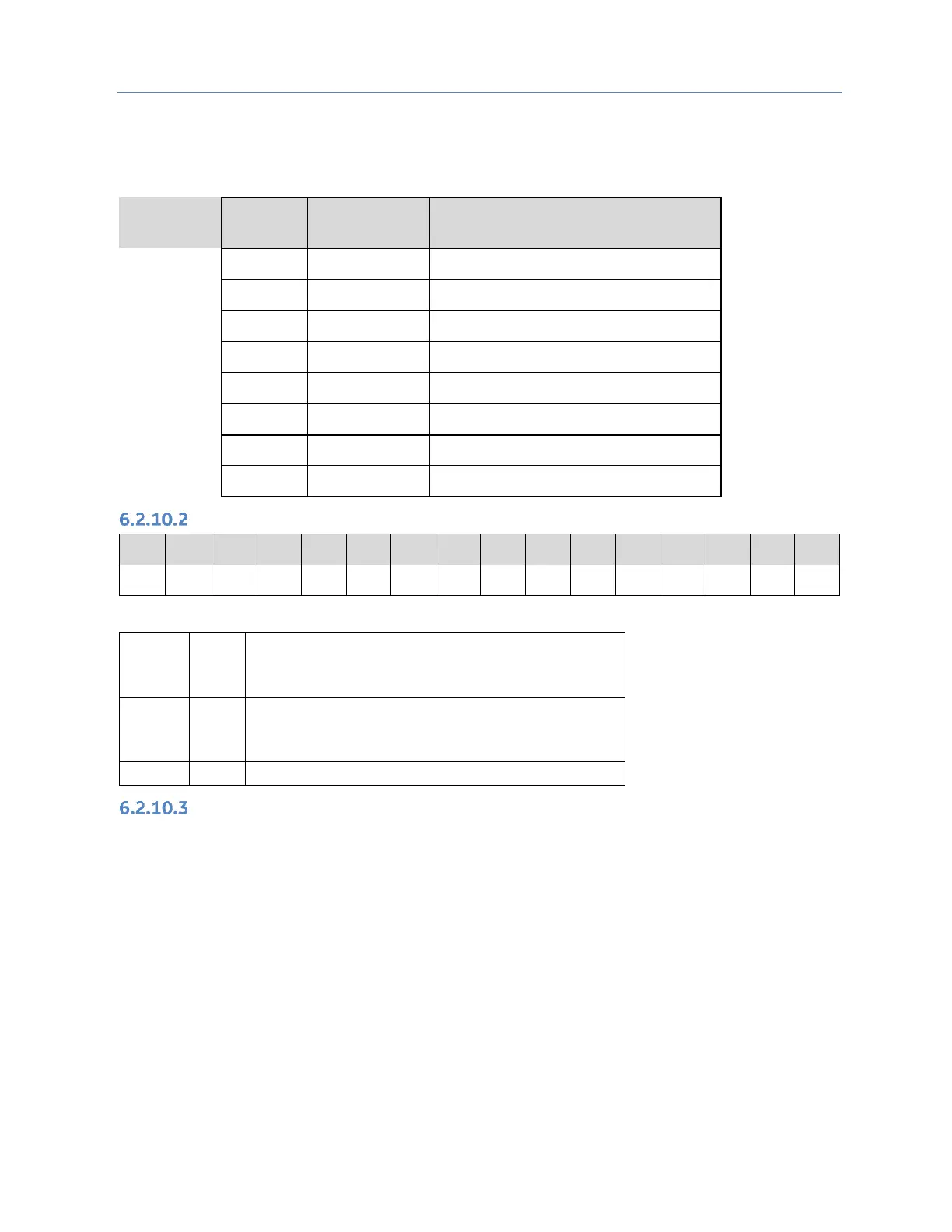Chapter 6. Serial I/O, SNP & RTU Protocols
GFK-2222AD April 2018 217
6.2.10 Write Port Control Function (4304)
This function controls output signals on the specified port:
Example Command Block for the Write Port Control Function
Operating Notes
For reference, see the tables under Serial Port Pin Assignments in Chapter 5.
Support for the DTR output signal is provided for COM1 only, on all RX7i and RX3i models (except CPE302,
CPE305, CPE330 and CPE400), in Rel 7.16 and later releases.
For CPU COM2 (RS-485), the RTS signal is also controlled by the transmit driver. Therefore, control of RTS
is dependent on the current state of the transmit driver. If the transmit driver is not enabled, asserting
RTS with the Write Port Control COMMREQ will not cause RTS to be asserted on the serial line. The state
of the transmit driver is controlled by the protocol and is dependent on the current Duplex Mode of the
port. For 2-wire and 4-wire Duplex Mode, the transmit driver is only enabled during transmitting.
Therefore, RTS on the serial line will only be seen active on COM2 (configured for 2-wire or 4-wire Duplex
Mode) when data is being transmitted. For point-to-point Duplex Mode, the transmit driver is always
enabled. Therefore, in point-to-point Duplex Mode, RTS on the serial line will always reflect what is
chosen with the Write Port Control COMMREQ.

